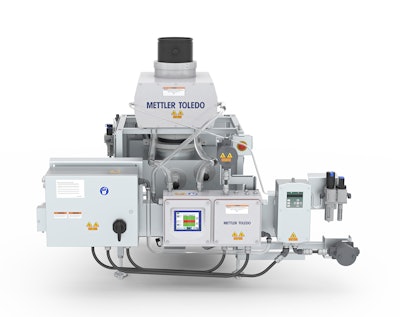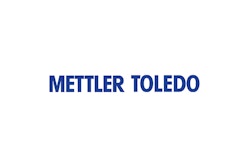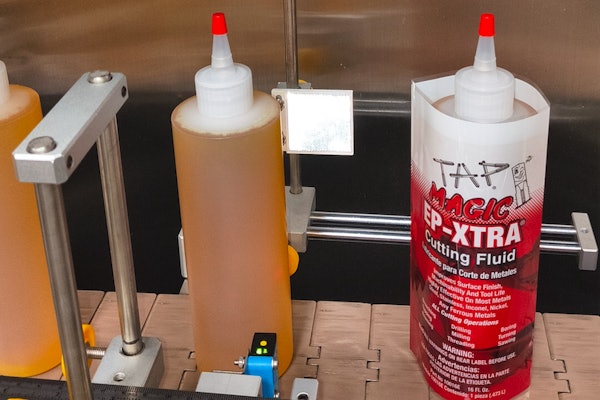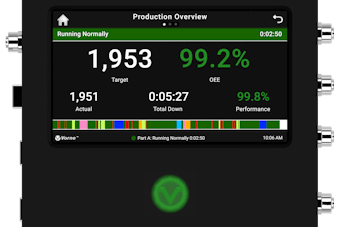
This content was written and submitted by the supplier. It has only been modified to comply with this publication’s space and style.
The cETLus-certified systems adhere to stringent construction standards, fulfilling the requirements for Class II, Division 2 Hazardous locations. By minimizing the risk of explosions in these environments, Mettler Toledo’s HazLoc-compliant metal detectors help processors and packers improve worker safety, safeguard their facility, and protect their brand’s reputation while meeting regional compliance requirements.
HazLoc construction is available for Mettler-Toledo’s gravity-fed metal detectors including the Profile Gravity Flow (GF) series, Profile Throat (T) series and Profile Super Throat (ST) series, which are suitable for free-falling powders, grains and granules including flour, sugar, coffee grains and other foods as well as pharmaceutical, nutraceutical, cosmetic, personal care and chemical applications.
HazLoc-compliant metal detectors feature dust-tight enclosures, intrinsically safe components and qualified accessories. Dust-proof electrical wiring and sealing meets NEC standards. Red color-coded gaskets provide easy identification of HazLoc-compliant components. Construction materials dissipate static electricity to specified grounding locations to ensure static charges are safely removed from the system.





























